

Mary-Angela Fatta, the interpreting officer at the Jamaica Association for the Deaf, has shed some light on the struggles faced by the deaf community when sign language interpreters grace television screens, confined to tiny boxes that fall short of being fully accessible.
In a plea for full accessibility for people who are deaf in the media world, Fatta noted the intricacies of sign language, emphasizing the significance of every nuance.
“The language itself is not just on the hands. The eyebrows make a difference. The tilt of a head makes a difference. These movements can be the difference between an affirmation, a negation, a question, or a statement all,” Fatta told Our Today.
“When you’re finger spelling, all the little nuances and numbers and letters all have to be visible. Now, when you’re in a little box on a video screen, all of those small details either get lost or very hard to see, and even just the gross motion movements are hard to see,” she explained.
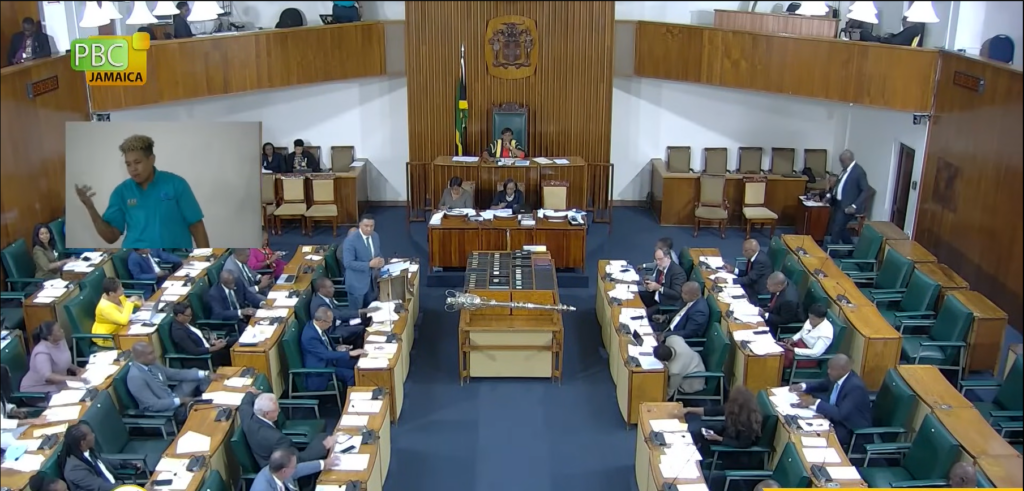
The interpreting officer further noted that the struggle intensifies for deaf individuals watching on phones or small devices, which makes it more difficult for them to access the information being shared.
She said that while she commends the efforts of the Government and other agencies who have tried to make their content accessible, their efforts fall short of full inclusivity.
“It is more of a, we’re in a hearing world, we’re in a speaking world, and we’ve made a video for hearing people, but we’re gonna add a little box so that deaf people can access it. It’s an attempt at inclusion, but full inclusion would actually be a bigger box or a third of the screen with the interpreter. But people say ‘that’s not aesthetically pleasing’, when in truth and in fact, you can get accustomed to a new aesthetic,” Fatta told Our Today.
She further challenged the notion that aesthetics should hinder true inclusivity, emphasizing that adapting to a different visual style is a small price to pay for genuine accessibility.
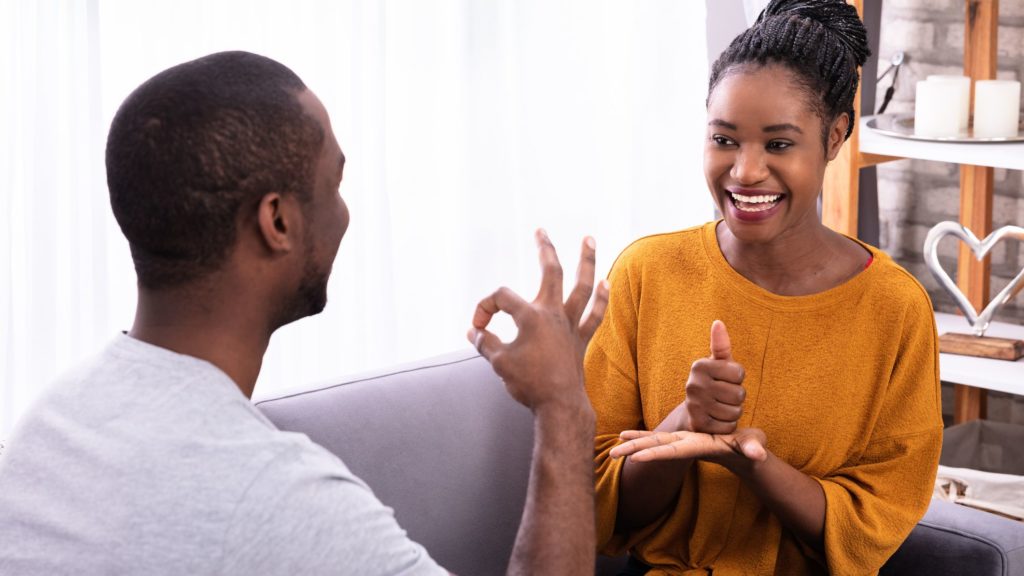
“As you go from culture to culture, country to country, different people have different aesthetics of what they consider pleasing, so it’s not like, this is aesthetically pleasing and anything else isn’t. It’s just something we have to get used to, and the awareness of what it means when you have that means inclusion,” she stressed.
The interpreting officer further advocated for people who are deaf to be included in conversations on how to achieve true inclusivity.
“There is a slogan nothing for the deaf without the deaf, so [questions about solutions] are better posed to the deaf community and a deaf person who has to rely on interpreters,” she said.
The Jamaica Association for the Deaf is an organisation that aims to increase the quality of life for the Deaf and hard-of-hearing community. The advocacy group also offers services such as screening and diagnostic hearing tests, interpretation, and Jamaican Sign Language training.
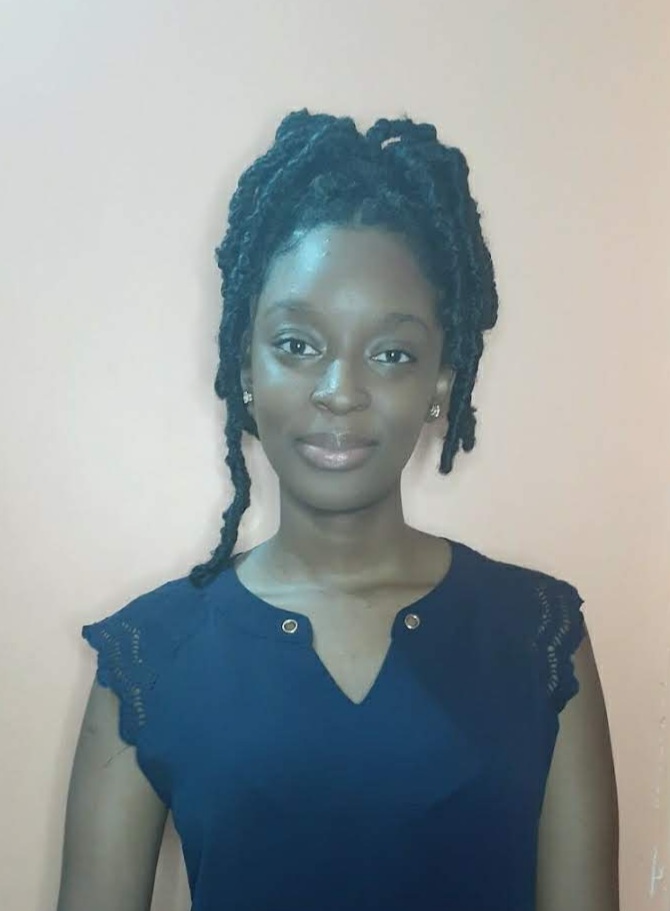

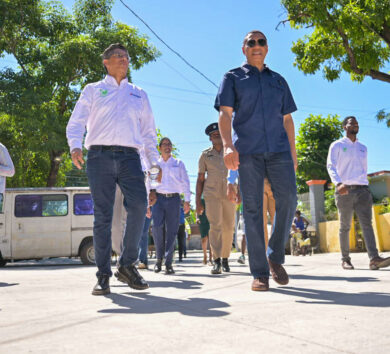

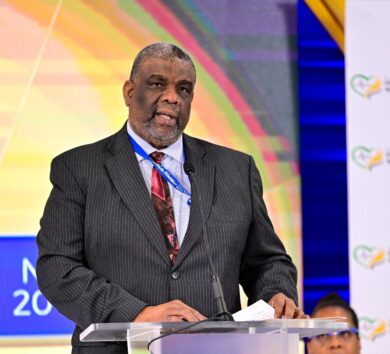
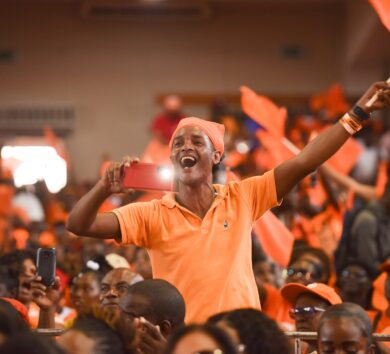

Comments